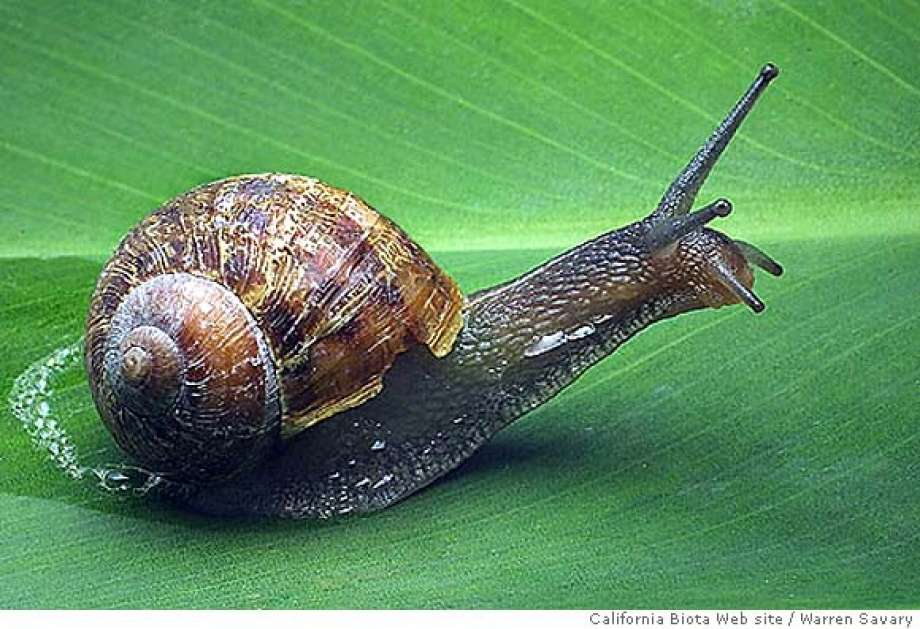
At our small fruit garden at the back of our house in Seremban, Negeri Sembilan, Malaysia, snails are a menace, eating young papaya leaves through the night. These slow-moving snails can be found in the morning before they manage to hide under the stones and small logs or run across my neighbour’s fence. We will crush them with our feet, producing a crushing sound when their protective shells are broken. But some scientists are interested to study these menacing garden snails.
We noted an interesting article on snails, which was written by Tom Whipple in The Times on June 19, 2019.
According to him, scientists have long envied snails. When a snail wants to travel up a wall, it secretes a sticky mucus that holds it securely but still allows it to move. When it stops, the mucus hardens and fastens it even to rough surfaces with ten times that force. When it thinks it is time to move again, it releases more mucus and heads on up the wall.
Scientists struggle to do that: the glues they make are either strong and irreversible, such as superglue, or weak and reusable. A rare exception is Velcro, which can be extremely strong and can also be reused, but it requires a strip on each of the objects being joined.
Now, inspired by the remarkable mucus of snails, a team of researchers think they have cracked a glue that is both strong and able to be reversed: a Velcro in gel form. When wet the glue is wobbly like a snail’s slime. When dry it holds tight, then when rehydrated it returns to its mucus-like state.
The glue, described in the journal Proceedings of the National Academy of Sciences, was made from a “hydrogel”, a network of chemical chains that absorbs and swells in water. In experiments its creators showed that it was strong enough to hold up the weight of a human, who dangled off a support held by two square centimetres of the dried adhesive. He did not stay long enough for it to rain: when you add water the strength decreases tenfold.
The key, said Anand Jagota, from Lehigh University in Pennsylvania, US, was to make a gel that became strong only after it had shrunk. “Most of the time, in the process of drying, something shrinks,” he said. “When a gel shrinks, if it also stiffens it develops stresses that break the bonds.” This means that even if it stuck down before, the shrunken version releases the bond.
Professor Jagota, who worked with Shu Yang from the University of Pennsylvania, US, said that their gel did not do this. “The secret is to shrink when you’re soft then stiffen when you’re not shrinking. That’s the trick, otherwise any old gel would work. That’s what we think the snail does.”
Then when you add water, “it has a memory, the material remembers its original state. Everything becomes soft and it comes off easily. To a great extent it goes back to its original shape.”
He said they thought that the glue could be used in a range of applications. “You can imagine many cases where you want a bond you can release. Bandages, for instance. You could well want something strong that you could unglue easily by pouring water on it.”
Our Comments
Given the scientific secrets of the common garden snails, now, we feel we should not crush them but release them to a place that they can enjoy eating other leaves rather than our young papaya leaves.
